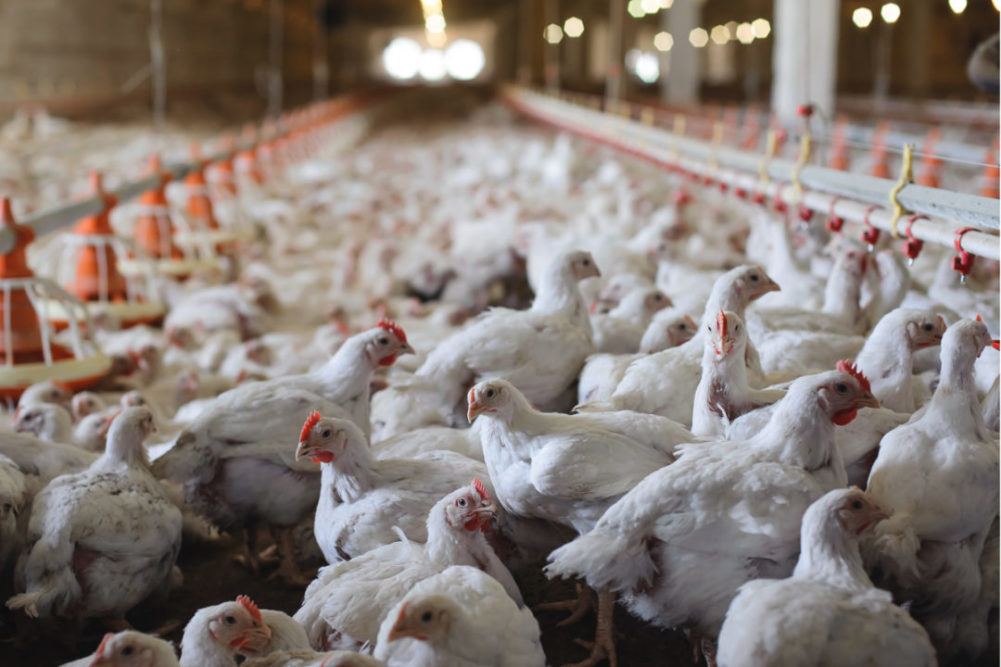WASHINGTON – The United States Department of Agriculture (USDA) is still working toward mitigating the latest outbreak of highly pathogenic avian influenza (HPAI) in the United States. Wild, Migratory birds carry HPAI and the pervasive virus typically peaks in the spring and summer months in the United States.
The USDA has committed to continue the fight, and on April 13, 2023, the department held a stakeholder roundtable with state government officials and poultry industry leaders to discuss the current and future HPAI strategy and opportunities for continued collaboration.
Participants at the roundtable heard from leaders at the USDA including Acting Deputy Secretary Kevin Shea, Marketing and Regulatory Programs Undersecretary Jenny Moffitt and other experts from the Animal and Plant Health Inspection Service (APHIS) and the Agricultural Research Service (ARS). APHIS leads biosecurity measures while the ARS tests a number of potential vaccines.
“Since the first case of HPAI was confirmed in a commercial flock in the US in Feb. 2022, USDA has followed Secretary Vilsack’s clear direction to quickly identify cases and respond immediately to stop the virus from spreading,” Shea said. “Thanks to collaborative state and industry partnerships and enhanced national animal disease preparedness and response capabilities, we are successfully controlling this outbreak and mitigating its impact on US poultry production and trade.”
The USDA and the poultry processing industry have learned many lessons since the last major outbreak. Those lessons have reinforced the importance of enhanced surveillance and testing, biosecurity and on-the-ground personnel to quickly respond to cases and prevent the disease’s spread. The USDA has also saved costs during this outbreak – almost 50% over the last outbreak – while also working to secure regionalization agreements and keep markets open with key trading partners.
“All of these lessons learned have informed our current strategy of stamping out and eradicating HPAI – which continues to be the most effective strategy because it works,” Moffitt said. “For example, during the 2014-2015 outbreak, 70% of HPAI cases were attributed to lateral spread. Whereas in this outbreak, lateral spread has been reduced to 15%. But we need to remain vigilant, especially as wild birds continue to pose disease risks. We all must recognize the important role biosecurity plays in limiting the impact of wild birds at farms and facilities.”
Additional points discussed at the meeting included an outbreak status as of April 2023, emphasis on biosecurity and a vaccine development update.



